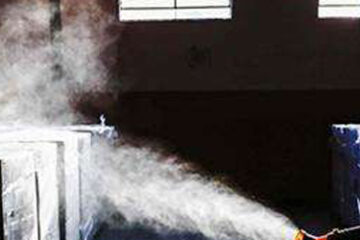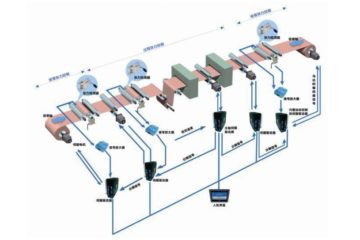PRIMIR (Marketing Market Information and Research Institute) last year released a new report on the label printing market, especially in North America. According to the report, the current North American market label printing output value is 12.9 billion, and the compound annual growth rate is (2013-2018) is about 1.6%.
Among them, the market share of self-adhesive labels is the largest, about 51.4%, with a compound annual growth rate of 2.6%.
Glue applied (no glue, only glue when used) ranked second in the label occupancy rate, about 31.3%, but the compound annual growth rate was -0.2%, a downward trend. Ranked third is the sleeve standard, the market share is about 10.6%, and the compound annual growth rate is higher, estimated at 3.4%.
Membrane internal standard is another fast-growing application area with a market share of approximately 2.3% and a compound annual growth rate of 2.9%.
From the printing method, 65% of North American label printing uses flexo printing, which has the highest occupancy.
Followed by offset printing, the amount is about 20% (about 85% for sheetfed offset printing equipment, 15% for web offset printing equipment).
Digital printing accounted for the third place, about 7%. However, due to the continuous maturity of digital printing technology and the gradual warming of the market, research institutions believe that the compound annual growth rate of digital printing will reach 17%-18% in the next few years.
At present, the number of short-run jobs in the North American market has increased year by year. It is estimated that by 2018, digital presses will occupy half of the North American label printing industry. However, this is not to say that traditional printing equipment is about to disappear, and customers are more likely to choose equipment that combines traditional printing with digital printing.
Globally, it is predicted that by 2020, the label printing market will reach 43.57 Billion dollars. The proportion of digital printing will increase rapidly. The survey also showed a new procurement trend. According to interviews with customers who use a variety of tag terminals, more and more companies tend to buy one-stop shopping for print—that is, labels and packaging come from the same printing company. 41% of respondents believe that traditional label printing companies may transform into the packaging industry if they can provide such one-stop services.
In addition, the environmental protection pressure faced by the printing industry is growing. About one-third of the respondents believe that in the next two years, the law will require them to apply for environmental printing certificates, and 8% of respondents said they have applied for relevant qualification certificates.
In summary, label printers want to survive in the fierce market competition in the future. They must have the ability to provide from short to long versions, from mass production to prototyping, with flexible production and inventory management. The land of defeat.


